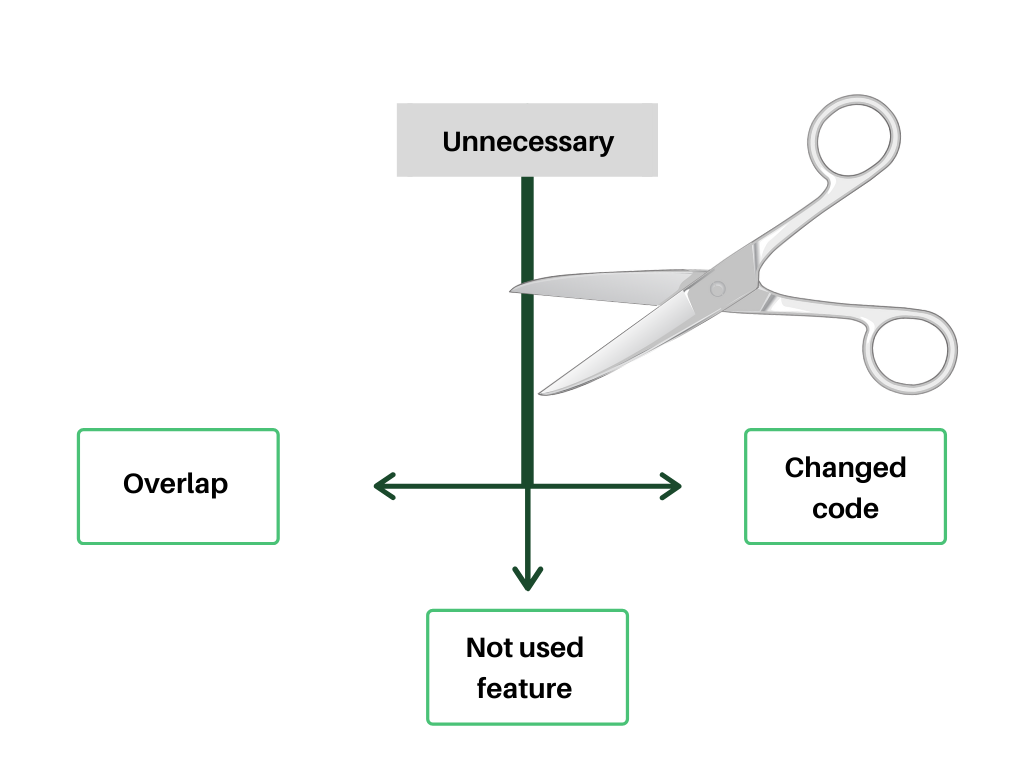How To Improve Max Velocity Sprinting?

How To Improve Max Velocity Sprinting? Let’s talk about project cycle time and sprint velocity! They are other words for productivity in the software development world! In the article below we will name 5 ways how to improve it. Keep reading.
What is sprint velocity?
In agile, sprint velocity is a simple calculation that measures units of work finished in an interval. That interval is a sprint and very often lasts 2 weeks.
One of the benefits of sprint speed is predicting how many points will assign to a plan to be completed per sprint. Estimate team productivity helps us to have realistic expectations of product delivery dates. To rephrase it, the bigger the velocity, the bigger the value for the customer. Like requirements, sprints should also be well structured and follow the SMART approach.
Understand velocity terms
Before you dive into improving max velocity springing, have a look at the terms that you will be using. While velocity goes for the number of completed tasks in a given period, capacity is not the same.
Capacity is an average of the total amount of developing time available for the sprint. It calculates how much time is left, instead of how much is done. For example, one team member does 6 productive hours a day. A team of 10 members, working Monday – Friday, has a capacity of 300 hours per week. There are a lot of capacity planning software one can use to improve it.
Story points are expressing an approximation of the total effort for building the rest of the product.
For example, a team can give a simple task 1 point, a medium task 2-3 points, and a large task 4-8 points. From sprint to sprint, team members decide how much time they will dedicate to a particular number of task points.
Definition of Done (DoD) is the acceptance criteria for defining the completion of a task. The “DoD” definition should include the working feature and value from it. It can contain other criteria like documentation, testing, code comments, etc.
1. Be specific
The first thing how to improve max velocity sprinting is to make sure you write requirements that are easy to understand, short, and simple. To always keep the team on the same page, all the changes of the project should be visible to them promptly.
There are many benefits of written requirements in different project phases. One of them is to bring in a better definition of DoD. As a team goes further with tasks, extending the definition of “Done” is normal. The team implements higher criteria while developing the product. That is why you need to have a view of changes in tasks and criteria.
2. Cut The Unnecessary
Another problem that comes out from lack of documentation is doing more than you need. Developing software requires a lot of testing automation and maintenance. Even though it depends on the whole project, it can also slow down teams productivity. And what is the opposite of how to improve max velocity sprinting is to slow down the process and be late.
Here are three cases of tasks that are likely to be unnecessary:
- Overlap — it happens that the team plans to test features that are already tested in other tests. Developers often don’t have a paper with tests and what they cover. Every double test of the same feature is time-consuming.
- Not used features — current versions of the product won’t have this feature or the end-user won’t use it. It is pointless to test it because even if we test it and find bugs, they won’t affect any user.
- Code that hasn’t changed—if code has not changed and it has been stable in various sprints, it is not necessary to test it again.

When prioritizing tasks, set tasks that give the most value to the customer in the first place. Remember that the sprint velocity is not a goal itself. The goal is to deliver a quality product and thoroughly test it. Setting a clear goal will automatically increase velocity and eliminate the causes of delays in project management.
3. Learning from Retrospective
Despite many techniques for checking the project progress, have in mind that the best way is two-way communication. Establishing communication between team members will decrease resistance and also help better engagement.
When a team member meets a struggle, whether with a stakeholder, client, or another team member, conduct a retrospective. For example, project management asks for extra features that weren’t agreed upon at the beginning of the project.
The goal is not only to be able to adjust but also to be predictable. Even though there is no rule to predict productivity, you can review past springs. Retrospective helps you to see what the team achieved and what could be improved. A regular review will direct you on how to adjust the process.
Daily meetings are a way to go with a retrospective. Short, 15 minutes meetings keep all team members on track and give everyone a quick view of progress.
4. People factor
Together with investing time in task quality, you also need to invest in the people factor. How the product is developing, you might include new technologies. Make sure team members are familiar with it and trained. With new technologies, some employees might fall behind. If the whole team lacks skills, hire external consultants such as an agile coach, product owner, or agile tester.
Another cliche point is – a happy employee is a good employee. Yet, this very basic point of performance of satisfied employees is proven by a few recent studies. It is also the truth that teams that have implemented interpersonal skills in project management are more likely to meet their goal than the ones that haven’t.
To be a functional team, all members should understand the value of the product. Moreover, they should cultivate organizational culture and philosophy. To build inter-team connections, you can try online team games such as Escape the boom, Codenames, and Skribbl.
5. Use better tools
Rework is one of the largest causes of delays and unmet sprint goals.
It’s mostly caused by misunderstanding requirements or missing key pieces of information. Another reason migh be the issue tracking that doesn’t provide pictures of the common goal. That results in cutting corners just to meet the deadlines or make the Burndown chart look ‘nice’.
A huge productivity waste and point of failure is routine manual work. Saving only 5 minutes per day, you save more than 160 hours per year. You can automate these manual tasks or use tools to increase productivity and remove a big point of failure.
Tools to prevent rework
JadeALM is a tool that puts together requirements, product road mapping, and quality control.
Requirements documentation stays inside the product management tool and changes accordingly. Data source from that you create and tasks are in sync. This means you don’t have to save time when you don’t upload project information to more than one tool.
Stay focused is a free productivity tool that limits time per day spent on browsing. Using this Googles Chrome extension, you can set a daily limit of hours you want to surf the web. It helps to organize and control your online journeys better. , another team members weren’t
TimeOut is a straightforward app that reminds you to take regular breaks. To optimize the work, team members should have regular time-outs to rest and recharge. It also shows employees your care about the team.
Clearing up as much miscommunication as possible, makes project priorities are more visible.
4P of Agile
Taken together, the purpose of velocity is to be able to measure it, optimize it and predict it. We discussed 5 points of improvement you can try with your team. Furthermore, the human factor plays a big role in velocity. We could also say that we can improve sprint velocity if we improve the 4Ps of Agile – People, Product, Project, and Processes.
We believe that implementing these 5 agile approaches that improve max velocity sprinting will help you. If they don’t work – let us know! 😛



